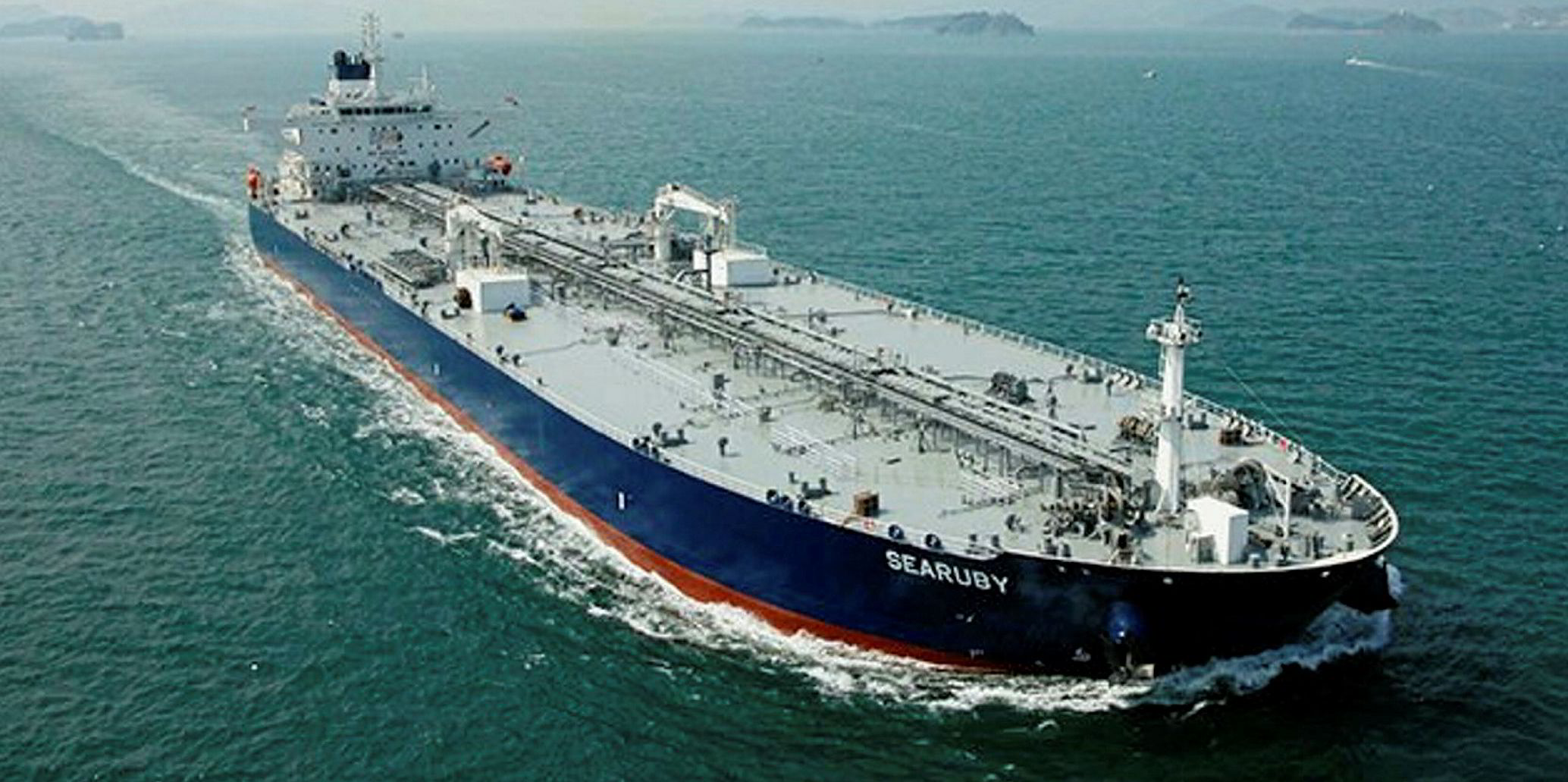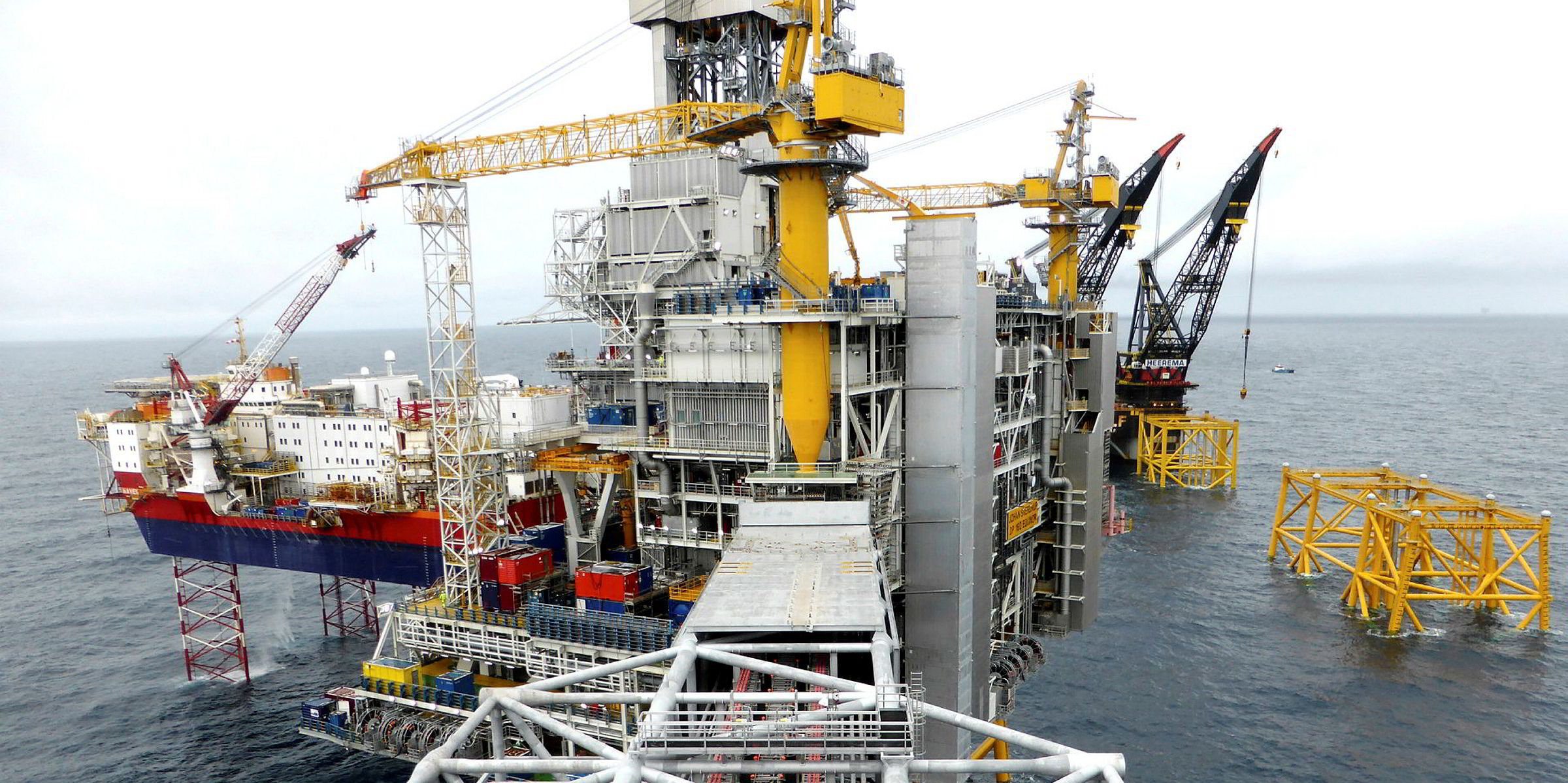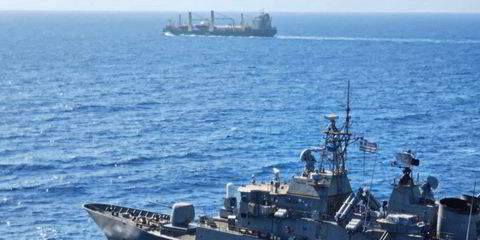Russia’s growing crude exports to China are proving a boon for aframax tanker owners, but less so for owners of larger tankers, says a top regional analyst.
Russia’s seaborne exports of crude in 2018 totaled 181.4m tonnes of which 27.3m tonnes, or 15%, was shipped from Russia’s Far East.
However, in the first 10 months of 2019 Russia’s crude oil exports from that same region were 26.1m tonnes, an increase of 14.6% year-on-year.
“Just 10 years ago, Russia, the world’s second-largest oil exporter after Saudi Arabia, was hardly exporting any oil to Asia, with the vast majority of its trade being with the West, either seaborne or by pipelines,” said Ralph Leszczynski, Banchero Costa’s head of research in Singapore.
“As strains between Russia and the European Union mounted, and as the Asian economies expanded, the Russian government decided to diversify oil export routes.”
Leszczynski said the main element of this strategy has been investment in the Eastern Siberia –Pacific Ocean oil pipeline (ESPO) from East Siberian oilfields to the Far East port Kozmino near Nakhodka.
China was the destination for 77% of the total shipments from Kuzmino this year
Ralph Leszczynski
The terminal at Kozmino was inaugurated by then Russian prime minister Vladimir Putin on 28 December 2009, and the pipeline connection to Kuzmino was inaugurated three years later.
“In recent years, China has become by far the biggest buyer of Russian oil via new routes, purchasing huge volumes from Kozmino,” said Leszczynski.
“In fact, China was the destination for 77% of the total shipments from Kuzmino this year, importing 20.5m tonnes in January-October 2019, up 15.5% year-on-year.”
The ESPO blend is the most favoured grade among China’s small independent, or teapot, refineries, according to Leszczynski due to its spec and geographical proximity, cargo size, five-day voyage and heavy gas oil yield.
“The journey from Kuzmino to Northern Asia is less than a week, compared with 10-15 days from Southeast Asia and Oceania, up to 30 days from the Persian Gulf ports and over 45 days from the US Gulf Coast,” he added.
“Of the total volumes exported so far this year from Kuzmino, 87% was shipped on aframaxes, 4% on suezmaxes or VLCCs, and 9% on vessels smaller than 78,000-dwt.
“The short journey makes it economically practical to use aframaxes, rather than regular suezmaxes and VLCCs.”
Leszczynski said Russia is near to completing a fresh expansion of its oil pipelines to the Pacific coast that will secure its role as a top Asian supplier and allow it to ship up to a third of its total oil exports to Asia-Pacific markets.





